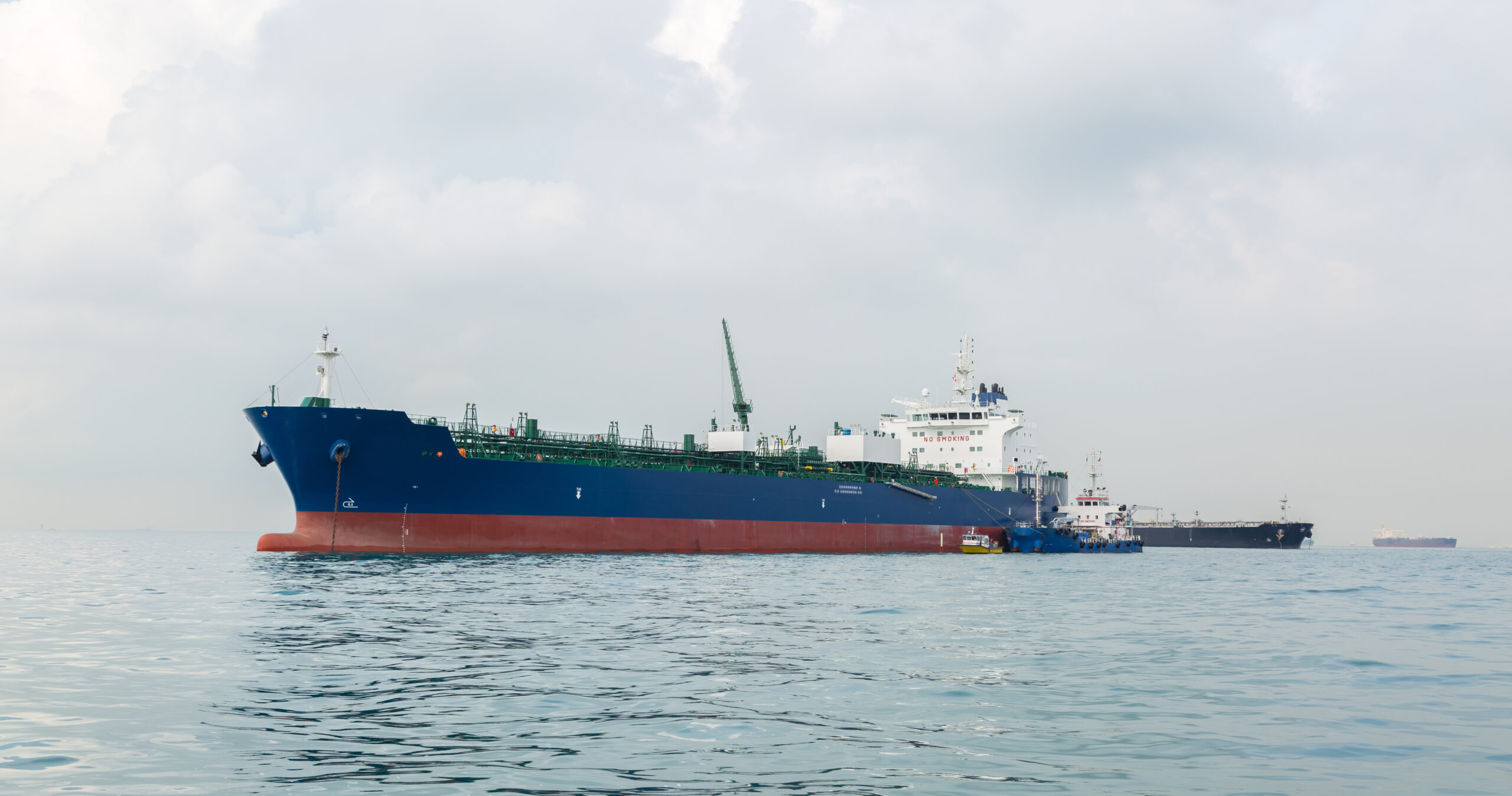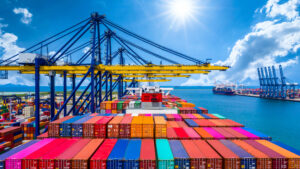The shipping industry will find it challenging to secure enough supply of carbon-neutral fuels, according to the latest edition of DNV‘s Maritime Forecast to 2050.
Shipping needs to meet more stricter regulations and achieve a 20% reduction in emissions by 2030 and net-zero emissions by or around 2050.
Classification society DNV suggests that in order to meet the anticipated demand of 17 million tonnes of oil equivalent (Mtoe) annually by 2030, the maritime sector needs to access a staggering 30-40% of the projected worldwide carbon-neutral fuel supply.
Shipowners must therefore focus beyond fuels, in particular on what can be done now to achieve energy efficiencies and carbon emission reductions.
Knut Ørbeck-Nilssen, chief executive of DNV Maritime, said: “The 2020s marks the decisive decade for shipping. Securing greener fuel supply is critical. However, focusing on fuels alone can distract us from making an impact this decade and ambitious future declarations are not good enough. What we need is tangible actions that will reduce emissions. Energy efficiency measures can deliver decarbonization results now and towards 2030.”
The class society forecasts in its report that the new IMO regulations, the inclusion of shipping in the European Union’s (EU) Emissions Trading Scheme, as well as the incoming well-to-wake requirements, will increase the operational cost of using carbon fuels, incentivising shipowners to put plans in place today to reduce their carbon output.
What it is suggested now by DNV in order to overcome the decarbonization challenges, is the sector to adopt operational energy efficiency measures, such as air lubrication systems and wind assisted propulsion.
The latter has already been installed on 28 large vessels, delivering fuel savings of between 5-9% to date. The potential when retrofitted on existing ships can reach 25%.
In addition, technologies such as onboard carbon capture and storage and nuclear propulsion can address the competition for sustainable biomass and renewable electricity.
Other findings include that a fuel technology transition is already underway, with half the ordered tonnage capable of using liquefied natural gas (LNG), liquefied petroleum gas (LPG), or methanol in dual-fuel engines, compared to one third of the tonnage on order last year.
“For ships in operation, 6.5% of tonnage can now operate on alternative fuels, compared to 5.5% last year,” says DNV.
The uptake of methanol and LPG is also starting to show in the statistics together with the first hydrogen-fuelled newbuilds.
There are currently several ongoing demonstration projects for ammonia-fuelled ships, and a growing pipeline of ammonia-fuelled ships soon to hit the order book, adds DNV.



